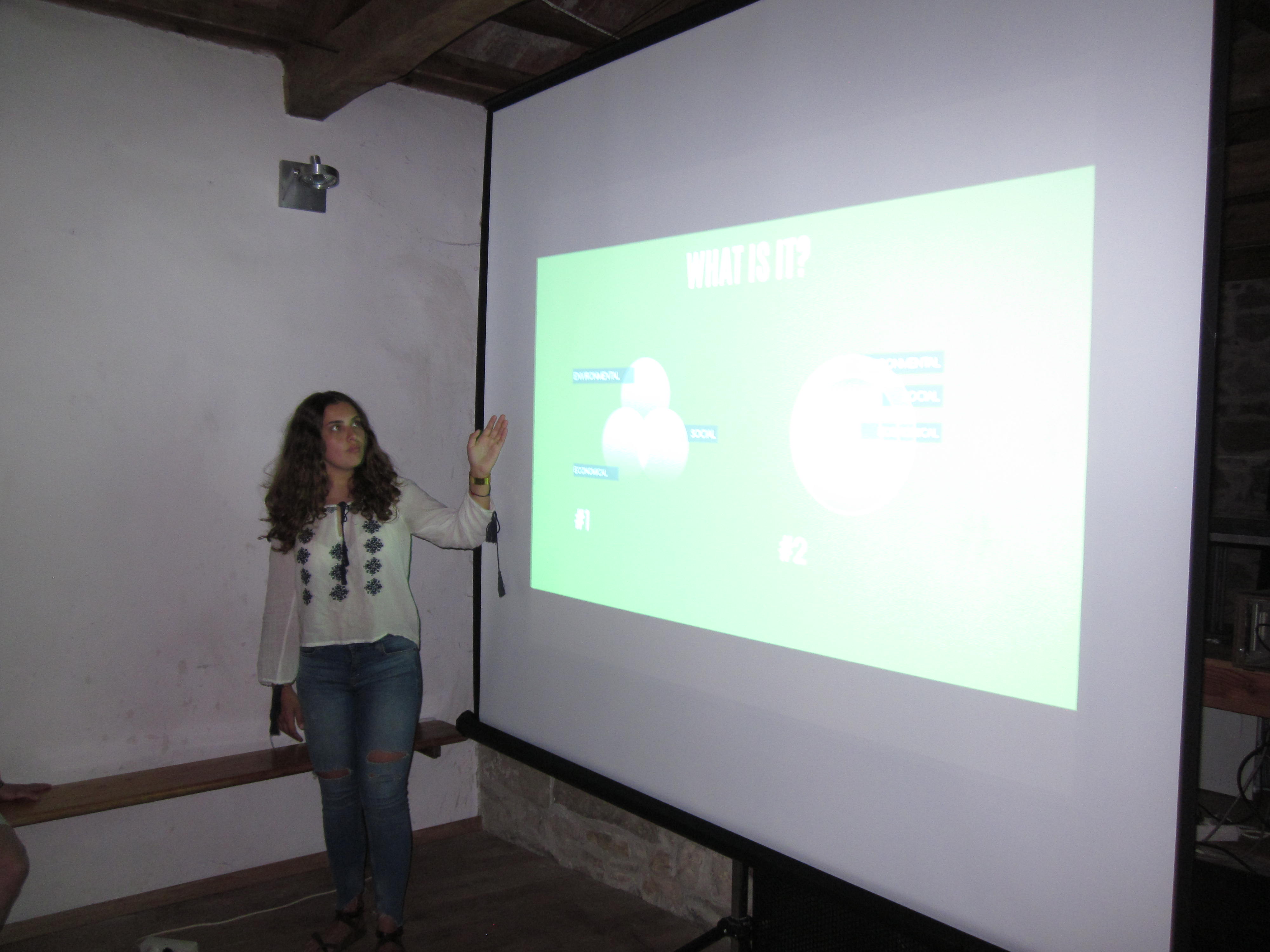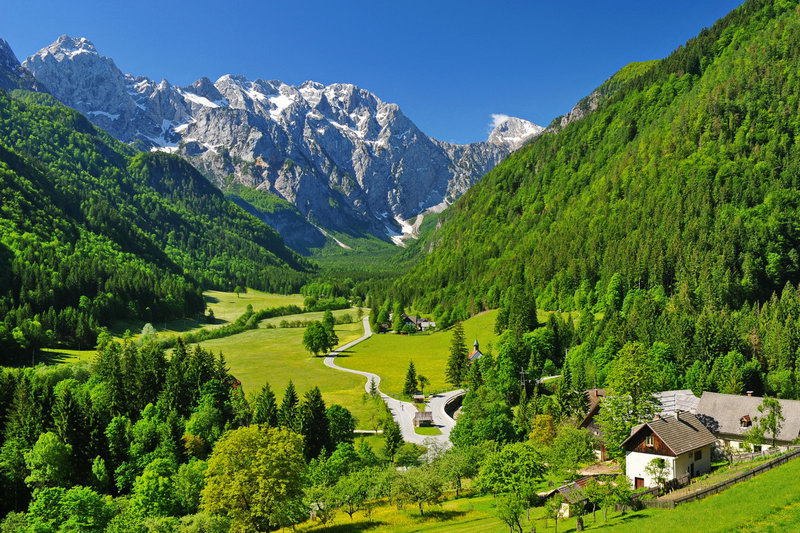Being an EVS Volunteer in Park Istra has been an adventure. During this year I had the challenge and the duty to develop a personal project that would positively impact the local community.
When looking for how I could help the local community, I started doing interviews with the locals to understand their needs and the positive and the negative aspects of the inland Istrian region.

Since the area has a lot of potential and it is very close to touristic areas, I started asking myself why people were not investing in tourism as a way to develop their villages and jobs for themselves. Quickly I realized that not everyone has a passive approach and that some people are willing to do something but don’t have the motivation, funds, the support or the courage to start it. That’s when I decided I would like to make more research in the field to understand how I could make the difference.

First I realized that it would be nice to study other good examples of sustainable tourism, so people can see it is possible and it works. In Slovenia, I decided to focus on Pliskovica and Solčava. These villages got popular for the interesting local-led tourism they have. Starting with Pliskovica, there are a lot of activities available such are winery tasting, bee keeping, stone-carving workshops with Jernej Bortolato or even outdoor activities like hiking, walking with a local shepherd or going up to the mountain of Volnik. There is also possibility of helping and staying on a tourist farm. Beside the entertainment available, one of the most important factors was the opening of a hostel that attracts all kinds of people and enables them to stay in the village for a longer time. Solčava, just like Pliskovica also offers good accommodation and provides interesting activities for the visitors: organized trails, hikes, cycling, skiing, sledding, rock and ice climbing and also woodwork, stone cutting or wool processing.


But why do we consider these two villages as good examples? The main success factors that we can point at would be: the development of and investment in tourism is led by the locals, the locals themselves organized interesting activities that use and promote local natural and cultural resources, they offer cheap and modern type of accommodation and they have a very good online promotion.
Another very good example, but this time from Portugal, is “Keep it Local Tours”. The main idea of this project is to show tourists the local attractions (away from the mainstream touristic areas) and take them to eat in local places, with the goal to empower the small businesses that are constantly put down by the massive touristic companies. The owner of the company only supports quality local businesses that he personally knows and sometimes he even takes the tourists to his own place or to a friend’s place, where they organize a barbecue, providing them a very authentic and personal experience. The reason I focused on this project is that the owner of the company is a very good friend of mine and one of his biggest dreams is being successful as a promotor of sustainable tourism. He has been involved in a lot of projects during the past years, and being only 25 years old, he had the will to start a project that is changing tourism view in Portugal and at the same time is helping the local community and is of course being able to sustain himself. This is the kind of project that is possible to do in other areas of the world, too, especially border areas of Inland Slovenian Istria – as it is a good way to attract people to the area and contribute to the local development.
Now back to the inland Slovenian Istria, it’s important to be aware of existing conditions here: population, climate and resources. According to the statistics of the Municipality of Koper, in the Villages of Smokvica, Gracisce, Abitanti, Topolovec, Brezovica and Belvedur, there is a total amount of 428 inhabitants registred. But in reality there are much less. A lot of the people that left the place to look for other opportunities kept their addresses in the area so they can keep their benefits. This makes it much harder to plan something for the region, since we are not totally sure about the amount of people that really live there. The Mediterranean climate here is very welcoming since it provides dry summers and mild and pleasant winters. Istria has rich natural, historical and cultural resources and some existing projects like Park Istra for example or other organizations or natural parks that are moving the region. Beside established activities that keep the villages on the move, it’s important to create and promote various new events or activities that would bring in Istria different visitors in different times of the year. This will help the villages to overcome the problem that tourism also brings: the difference between high and low seasons.


With the help of the local community and a previous background research, I had the opportunity to collect and organize a list of ideas that could be done or are already done in some villages in the border areas of inland Slovenian Istria. We can divide it in: Winery tasting, Picking and Production seasons, Outdoor Activities, Food and Workshops or Farming experiences. Most of these activities can be connected, for example: picking food, then preparing it on cooking workshops and then eating it together with local wine tasting. Or a full day of outdoor activities including hiking to observe wildlife, rock climbing, cycling and swimming in the natural pools. Or spending a day helping a farmer, learning traditional farming methods and then eating a meal with the farmer and his family. Various cultural monuments, traditions, ethnical festivals and carnivals are also a very good attraction in the area.

It is extremely important that instead of investing in large scale tourism, we encourage the locals to explore the local resources, help them find out what they themselves are capable to offer and enable them to use it as a way of creating profit for themselves. This is a long term investment that will last in time and be sustainable in a social, economic and environmental way. It will take care for the residents of the area, the empowerment of local businesses and the respectful use of abundant resources of Slovenian Istria.
Beatriz Lourenco, EVS Volunteer from Portugal